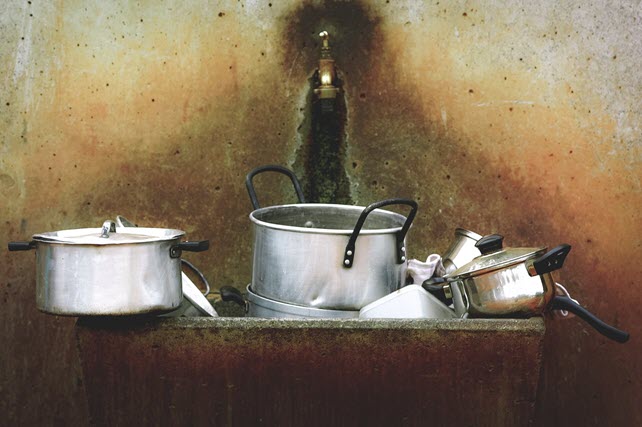Blast cleaning, which was called Media Blasting or Sandblasting in past, is majorly used for exterior and facade cleaning or designing the structure of their surfaces. It can be defined as a process of affecting dirty surfaces with a strong stream of abrasive material propelled under high pressure. The cleaning is done whether by liquids, or air, or dry ice, water & soda solutions, or grit depending on the following factors:
- What is the material and structure of the affected surface;
- What is the dirt’s origin;
- Whether the approach can harm the environment;
- The efficiency and required terms of cleaning.
The Surfaces to Be Affected By Blast Are:
- Smooth surfaces with the purpose to make them rough;
- Rough surfaces with the purpose to make them smooth;
- Surfaces that require shaping;
- Surfaces that require cleaning from contaminants.
Why Blast Cleaning or Designing Can only be Managed by Professionals?
The effectiveness and results of the blast cleaning depend on 2 components – the particles used and the pressure under which they are supplied. While the particles must be thoroughly selected among others to respond to the aims and conditions and do not harm the surface, the pressure must be carefully regulated. Otherwise, the material and affected surface may be destructed or spoiled in another way. Only experience and education can help to select the right combination of pressure and the propelled solution with no risks of damage.
Blast Cleaning: Materials and Effects
- The Grit. One of the most commonly used for cleaning different metallic surfaces from corrosion. It is also helpful for removing marine growth or, for example, cement build-ups. It can also be used in two options finer or coarser. The first one is used for cleaning steel or aluminum surfaces. It is efficient and doesn’t take much time or amount for the procedure. The second one is good for cleaning surfaces made of stone and helps in designing by creating an authentic aged look to the clean stones.
- Calcium carbonate (or in other words soda). It is used for gentle cleaning. The scope of application is wide and includes wooden and fabric surfaces (in case low pressure is chosen), aluminum surfaces. It is possible to remove stains, grease, and painting.
- Dry ice. The most eco-friendly decision from ones existing. First of all, when the job is done the dry ice evaporates and brings less harm to the environment. These evaporations are totally safe for people, thus the scope of the application grows and the substrate can be used close to residential property. Its effect is explained by the sudden temperature change which causes such undesirable dirt as the coat of resin to move on from the metal. Another advantage of dry ice blasting is the ease of use, which doesn’t require special solvents, significant equipment depreciation, and drying.
- Other professional solutions. Sometimes, the cases requiring blast cleaning can be difficult, thus specific solutions for de-carbonization or hardening are used.
You May Need a Blast Cleaning If:
- There’s the necessity to remove graffiti;
- Cleaning of masonry or stone surfaces is required;
- You faced a soot problem after the fire;
- Building facades need cleaning;
- Public places like driveway or parking require cleaning.
Signature Water and Fire Restoration offers a professional blast cleaning service for private and commercial property. We know how to do the job quickly and with excellent results and ready to come for help 24/7. Call our team at +1-224-515-0100 and get a consultancy regarding the service you want to get.

